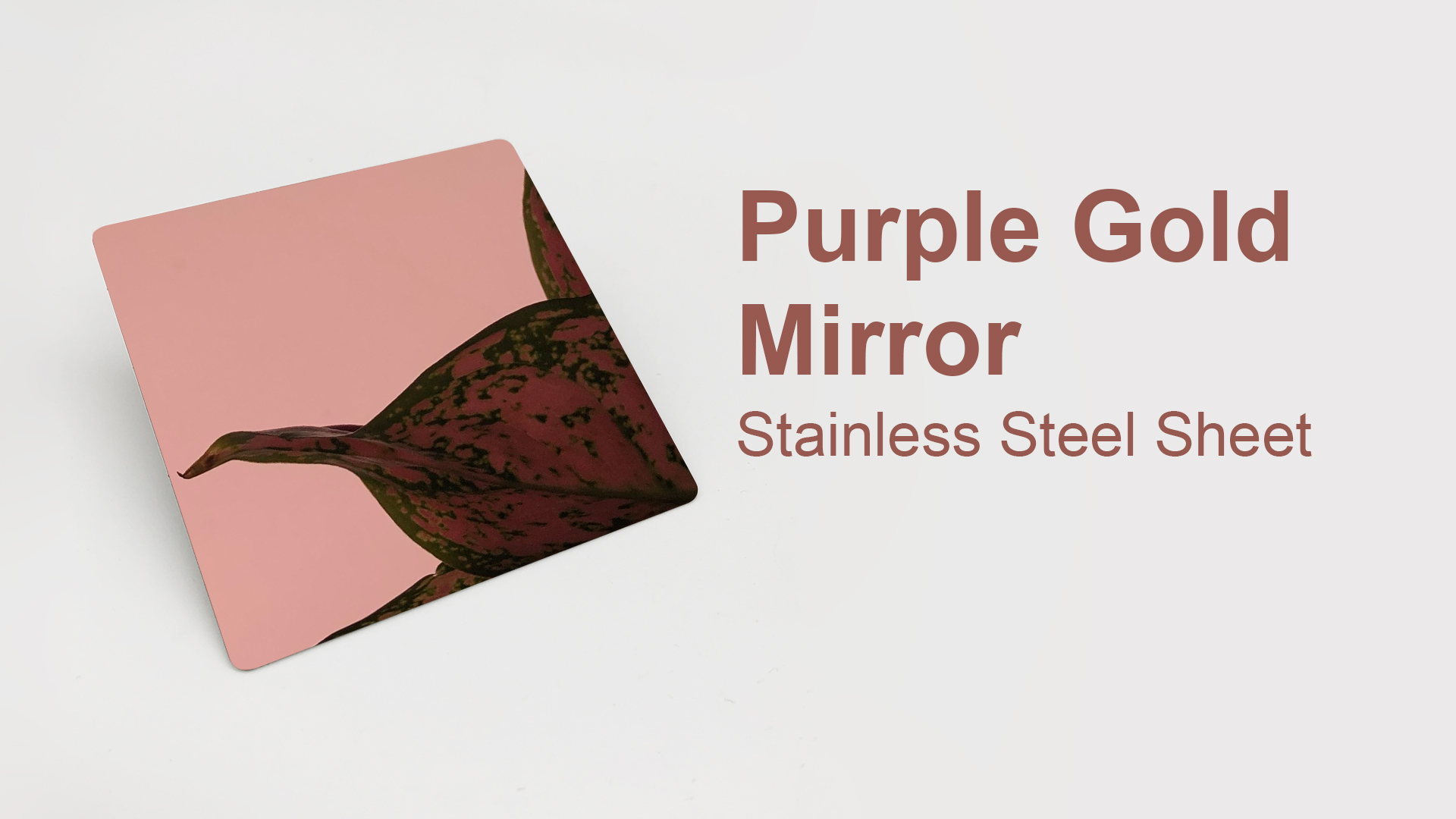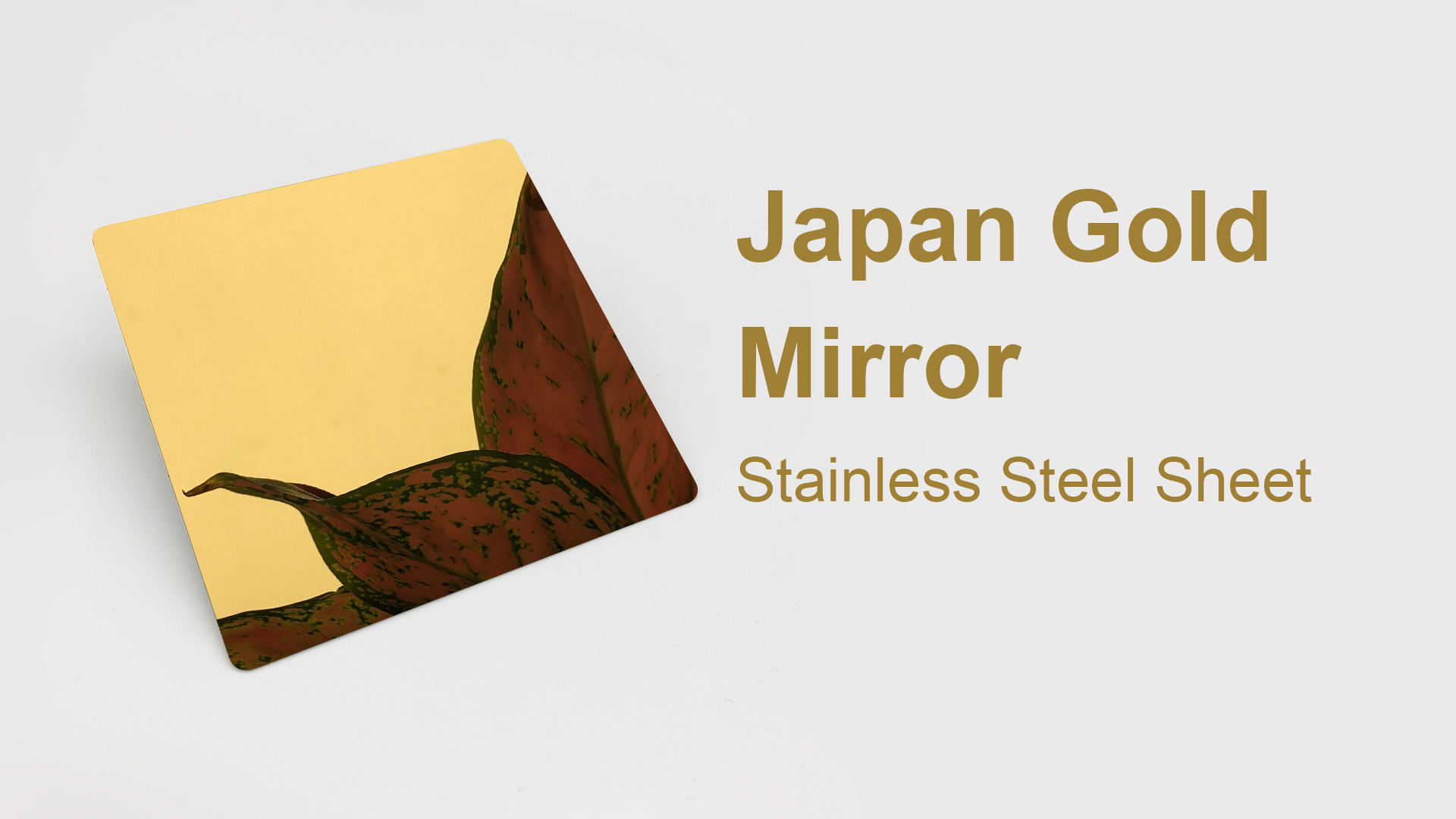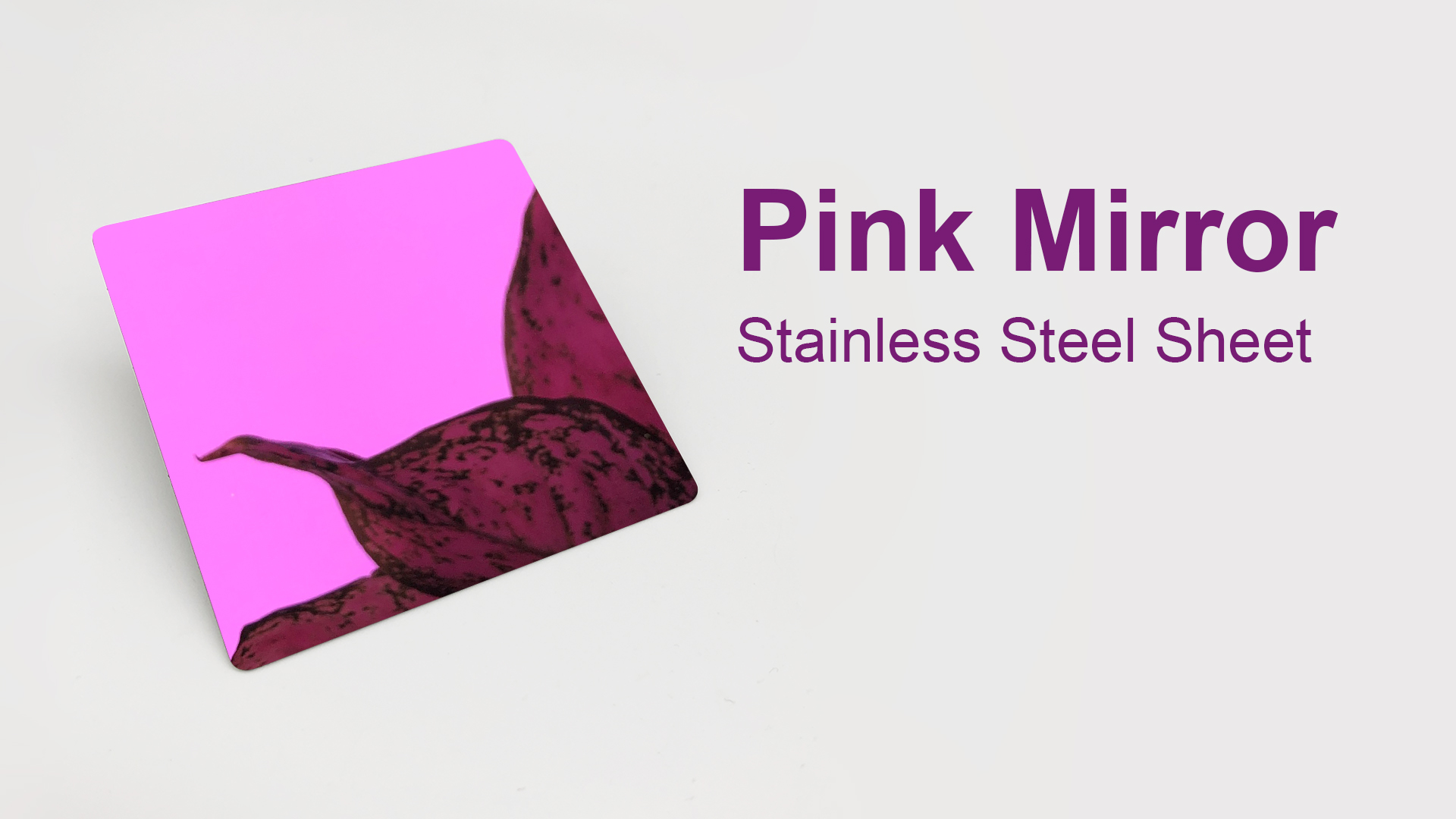Smelting slag includes waste slag discharged from the production of the non-ferrous metal industry and the iron and steel industry. Chemical waste mainly refers to all kinds of waste slag produced in the chemical production process, such as blast furnace slag, steel slag, ferroalloy slag and other various non-ferrous metal slags belong to chemical waste slag. According to different industry sources of solid waste, metallurgical industry solid waste can be divided into three categories: non-ferrous metal smelting waste, aluminum industry solid waste and iron and steel industry solid waste.
Non-ferrous metal smelting waste refers to the solid or mud-like waste discharged from the production process of non-ferrous metals such as mining, beneficiation, smelting and processing and their environmental protection facilities. According to the difference of metal smelting methods, it can be divided into rare metal slag and heavy non-ferrous metal slag. Heavy non-ferrous metal slag mainly includes copper slag, lead slag, zinc slag, nickel slag, cobalt slag, mercury slag, etc.
The solid waste of the aluminum industry mainly comes from the alkaline red mud produced in the alumina production process, a small amount of iron oxide slag produced in the steel rolling process, and the waste charcoal, refractory bricks, thermal insulation materials and discharge during the aluminum processing process. Waste materials, etc.
The solid waste of the iron and steel industry mainly comes from the scrapped waste rock produced during iron ore mining, a large amount of tailings produced during ore dressing, blast furnace slag produced during ironmaking, converter slag produced by steelmaking, electric furnace slag, and production alloys Ferroalloy slag, iron-containing dust, etc. The main feature of the solid waste produced by iron and steel is that it has a large production volume and contains a lot of metal and non-metal elements, which can be highly valuable for secondary use.
Since our country has a relatively weak foundation for industrial solid waste treatment, it takes repeated exploration and practice to build a complete governance system. Therefore, we should refer to the experience of developed countries in the control of metallurgical solid waste, and combine our China’s national conditions, take the essence and remove the dross, and develop new solid waste treatment technologies suitable for my country’s national conditions.
1. Recycling of solid waste in metallurgical industry
Recycling is one of the most important methods to realize the harmless and comprehensive utilization of solid waste through management and technological measures. The establishment of the solid waste disposal and treatment technology system should be put in the first place. Before the waste is discharged into the environment, materials and energy should be recovered, the recycling of materials and energy should be improved, and useful economic value should be created, and subsequent disposal should be reduced. Load, turn waste into treasure. We should encourage and develop a circular economy, call on people to save energy and reduce emissions, recycle solid waste for greater use, and attach great importance to management or technology measures, so as to increase the value of solid waste recycling and create more More effective resources.
2. Resource utilization of metallurgical copper slag
Most of the metallurgical copper slag comes from the pyrometallurgical process of copper smelting, and a small amount comes from the process of zinc smelting and lead smelting. At present, the ratio of blister copper output to output slag volume in my country is about 1:3, plus the copper slag produced by other processes, the output slag volume is quite amazing. Another angle can also show that the potential for recovering useful materials and energy from waste residues is also considerable.
At present, my country has developed many methods for the rational utilization of copper slag, mainly in the direction of extracting valuable metals, producing new chemical products, and building materials industries. For example: the copper slag is collected in the recovery room, after oxidation and sintering, the copper particles can be recovered by the reduction method processing technology; the copper slag and quenching slag can be mixed with lime and mixed and compacted, which can be used as the road base; it can also be directly melted The waste copper slag is directly poured into hard and dense copper slag to build stone; cold copper slag can also be used as railway ballast with good effect.
The valuable metals in copper slag mainly include Cu, Pb, Zn, Cd, Au, Ag, etc., which can be recovered and utilized as resources through physical methods such as flotation and magnetic separation or chemical methods such as roasting and leaching. The flotation method is usually used to recover copper in the waste copper slag. Firstly, high-grade refined copper ore is obtained by flotation, and then higher-grade copper metal elements are obtained through the pyrometallurgical process. Copper water quenching slag can be used as a mineralizer for Portland cement. The waste slag produced after copper concentrate smelting in a closed blast furnace is copper water quenching slag. It is a black glaze particle formed by flushing the slag at a high temperature of 1050-1250℃. The liquid density is 4.0-4.5t/m3. The material composition of quenching slag is mainly iron oxide and silicate and oxide formed by gangue. The process of producing cement is as follows: the limestone, clay, and slag are mixed in proportion, and then put into the ball mill to pulverize, and the ground raw material is added to the rotary kiln to form cement clinker through reaction. Add appropriate amount of gypsum and iron slag into the cement clinker produced by the reaction, and then put it into a ball mill to grind into powder, and finally produce high-quality cement. The process of producing cement.

3. Resource utilization of metallurgical red mud
Red mud is a strong alkaline sludge-like solid residue with high water content produced during the production of alumina. Because it contains a lot of alumina, it is red, and the color of red mud gradually becomes darker with the increase of iron content. The composition of bauxite, the composition of new compounds and additives, and the method of producing alumina all affect the chemical composition of red mud to some extent.
Because red mud contains alkali, long-term stacking will alkalinize the land near the storage yard. If it is poured into the ocean, it will pollute the sea. Therefore, the alkali pollution of red mud to the environment should not be underestimated. If these waste residues cannot be treated reasonably and planned, it will affect our living environment.
Many countries in the world have proposed dozens of comprehensive utilization methods, but the scale of utilization is small, and most of them dispose of red mud in the form of marine discharge and land accumulation. Our country mainly uses the red mud dam storage method. There are 10%-45% iron in red mud, but very few can be directly used as raw materials for ironmaking. Therefore, the pre-roasted red mud is poured into a boiling furnace at 700-800°C to reduce the Fe2O3 in the red mud into Fe3O4. The reduced products are cooled and crushed and then sorted to obtain high-grade magnetic products, which can be recovered by this method A large amount of iron obtains high-grade ironmaking concentrate.
In the red mud, not only a large amount of valuable metals can be extracted, but also aluminum, titanium, vanadium, chromium, manganese and various rare earth elements and trace radioactive elements can be extracted from it. my country uses red mud to produce various types of cement, and the ordinary Portland cement produced also has a variety of properties such as high strength and sulfate resistance, and is very effective in the field of engineering and construction. Red mud is not only widely used in the building materials industry. In agriculture, red mud is also widely used in the production of calcium silicate fertilizers and plastic fillers, the production of liquid self-setting sand hardeners, and the filling of goafs in mines.

4. Recycling of solid waste in the iron and steel industry
At present, my country’s steel output remains high, and it still holds the top spot in the world. However, my country’s iron-making and steel-making technology is not advanced enough, and steel companies are originally heavy industries with high energy consumption and high pollution. In today’s era of rapid development of the steel industry, on the one hand, a large amount of resources and energy will be consumed, on the other hand, a large amount of different types of metallurgical waste will inevitably be produced, which will severely damage our homes for survival.
Different production processes in the steel industry will produce different metallurgical solid wastes. At present, the comprehensive utilization rate of metallurgical waste slag in my country’s iron and steel industry is rising steadily. Basically all ordinary blast furnace slag can be rationally utilized. Only 17% of vanadium-titanium blast furnace slag and blast furnace slag containing radioactive rare earth elements have not been comprehensively utilized.
Blast furnace slag is widely used in the construction field. Generally, blast furnace slag needs to be processed before being used. According to different uses, processing methods are also different. my country usually processes blast furnace slag into water slag, slag crushed stone, expanded slag, expanded slag beads and blast furnace slag powder. Blast furnace water slag is mainly used to produce slag cement, slag brick, slag wool, building materials glass and glass-ceramics, and rolled slag concrete. Slag crushed stone can be widely used instead of natural stone, and it is also widely used in road engineering, foundation engineering, railway ballast, reinforced concrete and prestressed concrete, and has achieved good economic results. Expanded slag and expanded slag beads can be used for lightweight concrete products and structures, such as floor slabs, wall panels, blocks, building peripheral structures, supporting structures and road foundation materials. Because of its good thermal insulation performance, it can also be used as a fire-proof thermal insulation material. In addition, the blast furnace slag is water-cooled to form a hydraulic water-quenching slag, which is further processed to form a blast furnace slag powder, which causes a hydration reaction when it encounters water, which has the properties of ordinary cement. This blast furnace slag powder can replace part of the cement in the concrete, and can also be used instead of cement admixtures. In addition, blast furnace slag has a wide range of applications in the field of materials, such as the production of slag wool, basalt wool, building materials glass and glass-ceramics, colorful bricks and lightweight ceramics.
Outlook
The resource utilization of metallurgical solid waste mainly revolves around the recovery of valuable metals, supplemented by the development of high value-added products, and comprehensive development in multiple directions, which will raise the comprehensive utilization of metallurgical solid waste to a new level. At the same time, in order to use metallurgical slag in large quantities, it is necessary to open up the new road of research on energy saving, recycling, safe and environmentally friendly new building materials.
The problem of solid waste recycling in the metallurgical process is complicated. So far, there is still no process that can really solve the high-value recycling problem of metallurgical solid waste. All in all, in order to rationalize the utilization of metallurgical solid waste resources, we should start from the following aspects: a. Reduce the cost of resource utilization, and focus on the research and development of new processes with short processes, low costs and large social demand. b. To develop and promote high value-added products, the development of resources should be developed in the direction of high technical content, good economic benefits, and low secondary pollution. c. Extract valuable components to the maximum. Metallurgical solid waste contains a variety of metal and non-metal elements, which can be converted into high value-added related products, thereby realizing effective use of resources.
Media Contact
Company Name: Hong Wang Import And Export Co Ltd
Email: Send Email
Phone: +86 757-29273022
Country: China
Website: https://www.hongwangstainless.com/

